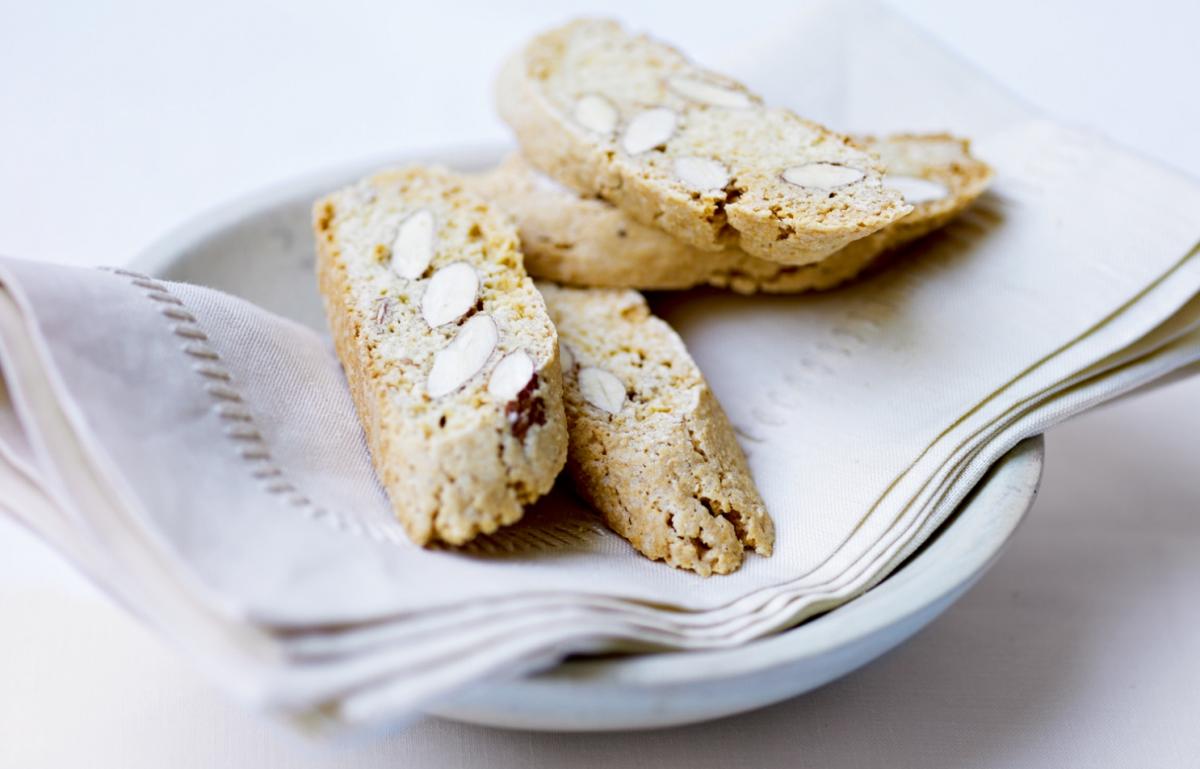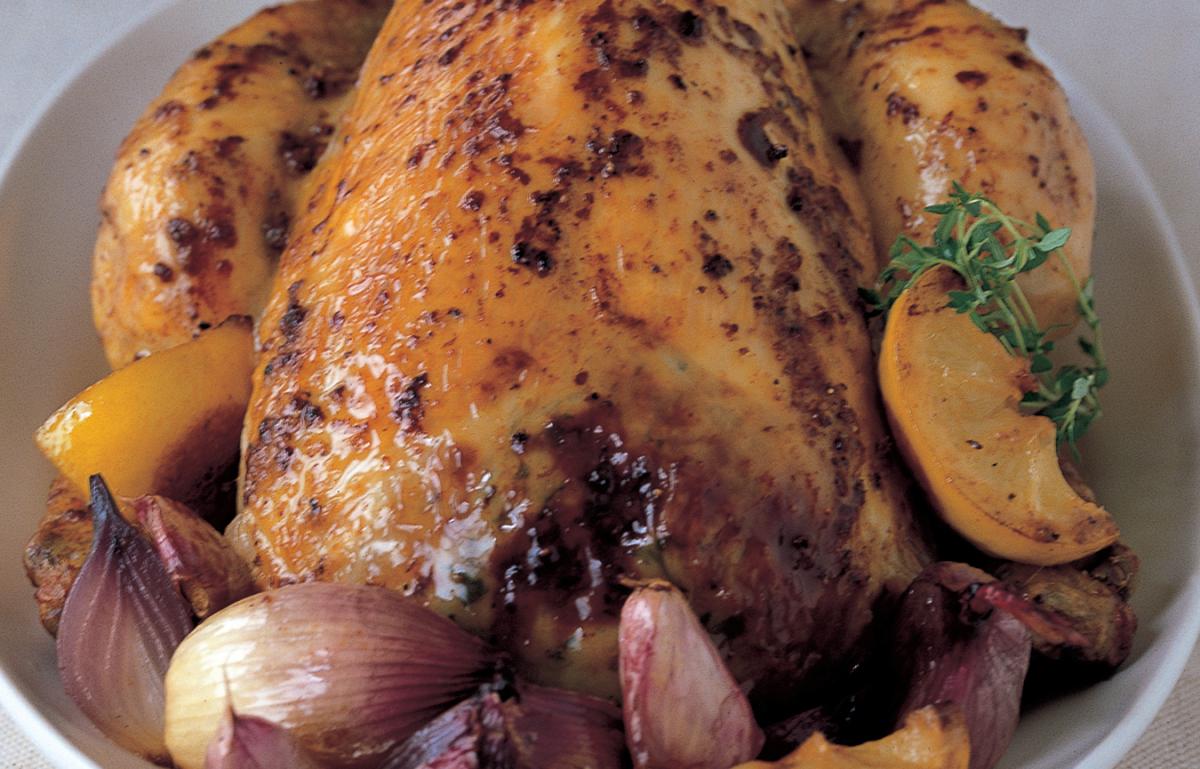

The problem with 20th-century marmalade-making is that today's hobs don't always oblige when it comes to getting large amounts of marmalade up to what old-fashioned cooks called a rolling boil, without which traditional marmalade stubbornly refuses to set.
So when, in 1994, I tasted one of the best marmalades ever, I was thrilled to learn that the friend who had made it had cooked it long and slow – which solves the dilemma completely. Here is my version of Mary McDermot's original recipe, and it's the best I've ever tasted.
The Delia Online Cookery School: Watch how to make your own marmalade. Click the image to play Delia’s video for Seville Orange Marmalade.
This recipe is from Delia's Winter Collection. Makes seven 0.5 litre jars
This recipe is extremely easy as long as you remember that it happens in two stages.
So ideally begin the recipe one afternoon or evening and finish it the following morning. So for stage 1: lightly scrub the fruit then place it in the preserving pan, add 5 pints (3 litres) of water and bring it all up to a gentle simmer. Now take a large piece of double foil, place it over the top of the pan and fold the edges firmly over the rim. What needs to happen is for the fruit to very gently poach without any of the liquid evaporating. This initial simmering will take 3 hours.
After this, remove the preserving pan from the heat and allow everything to get cool enough to handle. Then place a large colander over a bowl and, using a draining spoon, lift the fruit out of the liquid and into this. Now cut the oranges in half and scoop out all the inside flesh and pips as well, straight into a medium-sized saucepan. Next do the same with the lemons but discard the peel. Now add 1 pint (570 ml) of the poaching liquid to the fruit pulp, then place the saucepan over a medium heat and simmer for 10 minutes. Have ready a large nylon sieve, lined with gauze, and place it over a bowl, then strain the contents of the saucepan through the sieve. Leave it all like this while it cools and drips through.While you are waiting for it to cool is a good time to deal with the orange peel. Cut the halves of peel into quarters then cut them into chunky strips – the thickness is up to you – according to how you like your marmalade. Add these back into the preserving pan. When the pulp is cool what you need to do next is gather up the corners of the muslin and twist it into a ball, then, using your hands, squeeze all of the pectin-rich juices into the preserving pan. Don't be faint-hearted here – squeeze like mad so that every last bit of stickiness is extracted and you're left only with the pithy membranes of the fruit, which you can now discard. When you have added the strained pectin, just leave all of this overnight, loosely covered with a clean teacloth.
Stage 2: the following day, empty the sugar into a large roasting tin lined with foil then place it in a warm oven, gas mark 3, 325°F (170°C), and allow it to warm gently for 10 minutes. Then place the preserving pan and its contents over a gentle heat and as soon as it starts to warm through tip the warmed sugar into the pan to join the rest. Now, using a large wooden spoon, stir the marmalade, keeping the heat gentle, until all the sugar crystals have fully dissolved. What you must not do is let the marmalade boil until all the sugar is completely dissolved. Keep looking at the back of the wooden spoon as you stir and when you are sure there are no more crystals left turn up the heat and let the marmalade bubble away gently – it can take 3-4 hours for it to darken and develop its lovely rich flavour.
When the marmalade has been cooking for 2½ hours place some small flat plates in the fridge. Then to test for a set, after 3 hours draw the pan from the heat and spoon a teaspoonful of marmalade on to a chilled plate. Allow it to cool for a minute back in the fridge, then push it with your little finger – if a crinkly skin forms, it has reached setting point. If not, continue cooking and do more testing at 15-minute intervals. When it has set, leave the marmalade to cool for 30 minutes before ladling through a funnel into jars that have been washed thoroughly in warm soapy water, rinsed and dried, then warmed in a medium oven. Seal the jars with waxed discs while they are still hot, then label the next day when cold. Then, as soon as possible, make Chunky Marmalade Bread and Butter Pudding (see below). It's utterly divine!
Follow us Like us on Facebook Follow us on twitter Follow us on instagram Follow us on pinterest Follow us on youtube
© 2001-2024 All Rights Reserved Delia Online